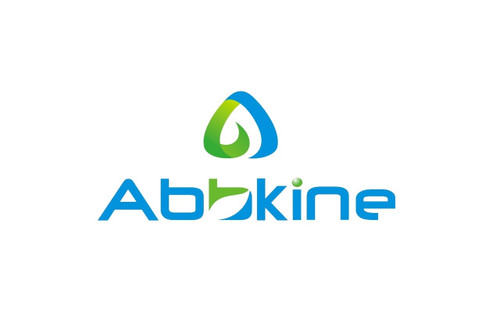Product Description
Rat Sulfhydryl oxidase 1 (QSOX1) ELISA Kit | AE24841RA | Abebio
Species Reactivity: Rat (Rattus norvegicus)
Abbreviation: QSOX1
Alternative Name: FLJ34858; Q6; QSCN6;
Application: ELISA
Range: Request Information
Sensitivity: Request Information
Intra-Assay: ≤4.9%
Inter-Assay: ≤6.4%
Recovery: 0, 99
Sample Type: Serum, Plasma, Other biological fluids
Detection Method: Sandwich
Analysis Method : Quantitive
Test Principale: This assay employs a two-site sandwich ELISA to quantitate QSOX1 in samples. An antibody specific for QSOX1 has been pre-coated onto a microplate. Standards and samples are pipetted into the wells and anyQSOX1 present is bound by the immobilized antibody. After removing any unbound substances, a biotin-conjugated antibody specific for QSOX1 is added to the wells. After washing, Streptavidin conjugated Horseradish Peroxidase (HRP) is added to the wells. Following a wash to remove any unbound avidin-enzyme reagent, a substrate solution is added to the wells and color develops in proportion to the amount of QSOX1 bound in the initial step. The color development is stopped and the intensity of the color is measured.
Product Overview: Sulfhydryl oxidase 1 is a protein that contains domains of thioredoxin and ERV1, members of two long-standing gene families. The gene expression is induced as fibroblasts begin to exit the proliferative cycle and enter quiescence, suggesting that this gene plays an important role in growth regulation. Two transcript variants encoding two different isoforms have been found for this gene. Coppock et al. (1993) isolated human embryo lung fibroblast cDNAs that were expressed at a higher level in quiescent cells than in logarithmically growing cells. Several partial cDNAs corresponded to the QSOX1 gene, which the authors called Q6. Northern blot analysis revealed that Q6 is expressed as 3- and 4-kb mRNAs in embryo lung fibroblasts.
Stability: The stability of ELISA kit is determined by the loss rate of activity. The loss rate of this kit is less than 5% within the expiration date under appropriate storage condition. The loss rate was determined by accelerated thermal degradation test. Keep the kit at 37°C for 4 and 7 days, and compare O.D.values of the kit kept at 37°C with that of at recommended temperature. (referring from China Biological Products Standard, which was calculated by the Arrhenius equation. For ELISA kit, 4 days storage at 37°C can be considered as 6 months at 2 - 8°C, which means 7 days at 37°C equaling 12 months at 2 - 8°C) .
 Euro
Euro
 USD
USD
 British Pound
British Pound
 NULL
NULL












